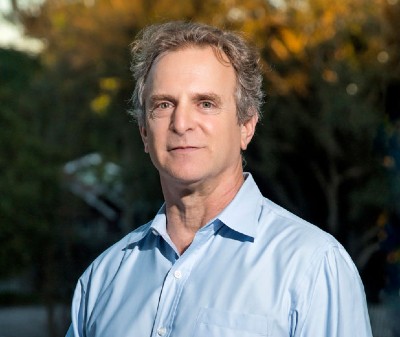This is a unique approach to the
repair of inguinal hernias in the groin that avoids the use of mesh. It is an elegant operation involving the sewing of distinct anatomical layers together in 4 layers using a permanent suture. It is a technique developed by Dr. Shouldice as part of an evolution from historic repairs known as Bassini Repairs. The Shouldice repair has improved outcomes over older nonmesh repairs with lower risks of hernia recurrence.
The Shouldice repair has a history of great success for cure of the hernia and minimal risk of injury to the patient.
The Shouldice Clinic outside of Toronto, Canada has demonstrated extraordinary safety and durability with their technique. The technique was designed by Dr.Edward Earle Shouldice and became popular when he opened his hernia hospital in 1945 and his technique has attracted patients from all over the world. To this day - the surgeons at the Shouldice Hernia Clinic - provide extraordinary care for their patients and continue to have excellent results. I do everything possible to uphold their standards in performing the Shouldice inguinal hernia repair.
At Center for Hernia Repair in Sarasota, Florida, we proudly offer the Shouldice inguinal hernia repair technique to our patients.

